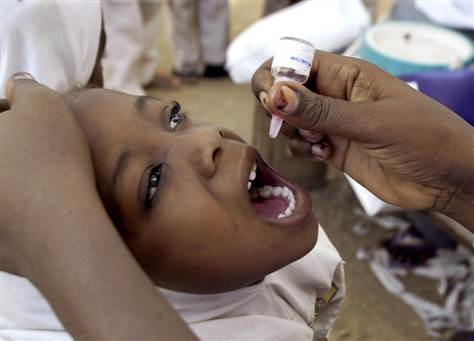Globally, in 2013 over 6 million children younger than 5 years died from either an infectious cause or during the neonatal period. A large proportion of these deaths occurred in developing countries, especially in sub-Saharan Africa. Immunization is one way to reduce childhood morbidity and deaths. In Nigeria, however, although immunization is provided without a charge at public facilities, coverage remains low and deaths from vaccine preventable diseases are high. This article seeks to assess inequalities in full and partial immunization coverage in Nigeria. It also assesses inequality in the ‘intensity’ of immunization coverage, and it explains the factors that account for disparities in child immunization coverage in the country.
Using nationally representative data, this article shows that disparities exist in the coverage of immunization to the advantage of the rich. Also, factors such as mother’s literacy, region and location of the child, and socio-economic status explain the disparities in immunization coverage in Nigeria. Apart from addressing these issues, the article notes the importance of addressing other social determinants of health to reduce the disparities in immunization coverage in the country. These should be in line with the social values of communities so as to ensure acceptability and compliance. We argue that any policy that addresses these issues will likely reduce disparities in immunization coverage and put Nigeria on the road to sustainable development.
By John E. Ataguba, Kenneth O. Ojo and Hyacinth E. Ichoku

